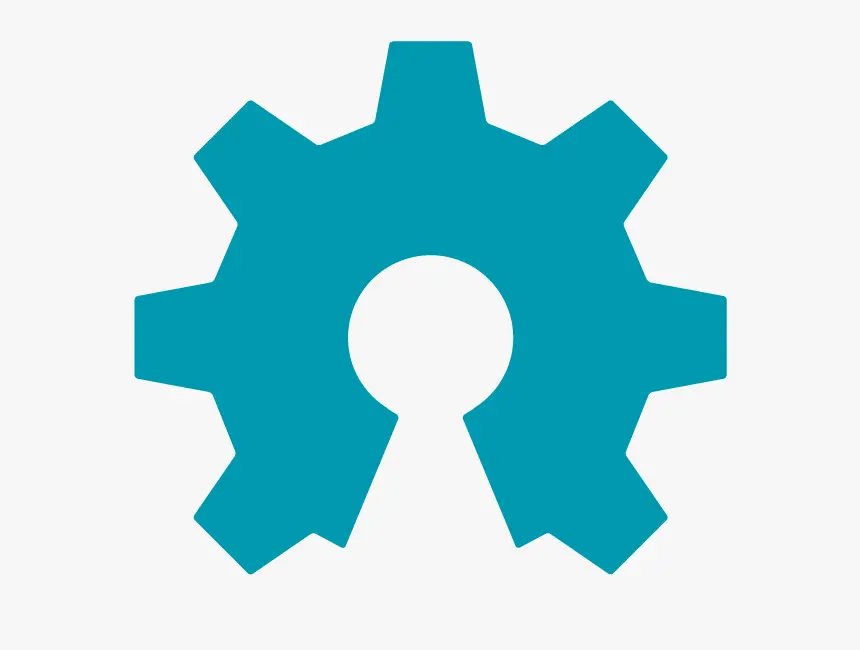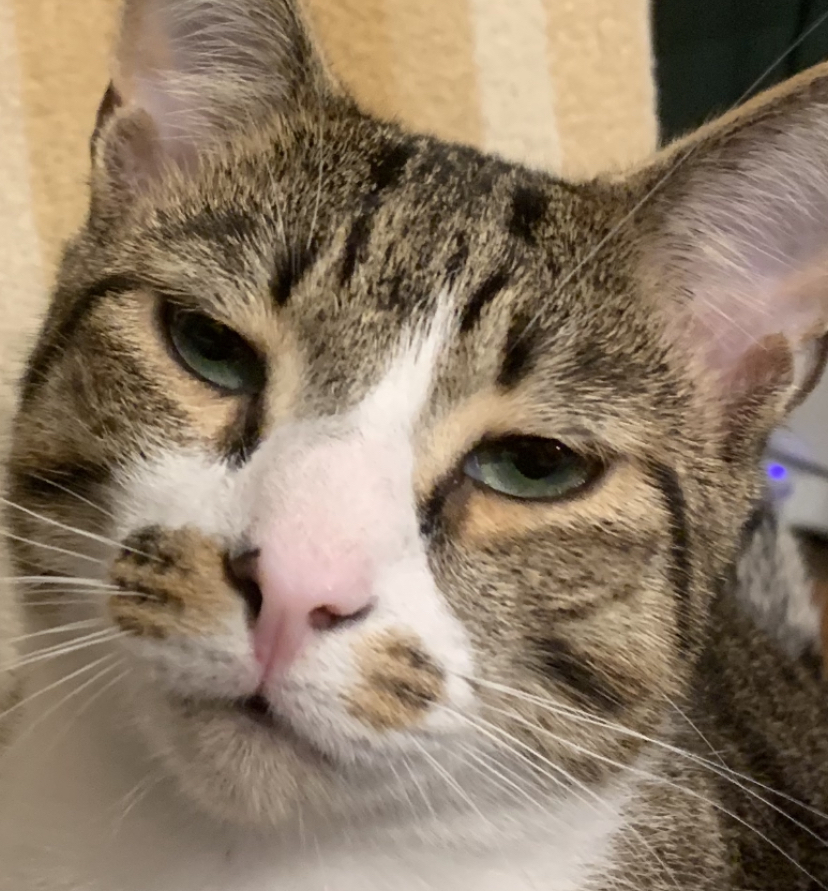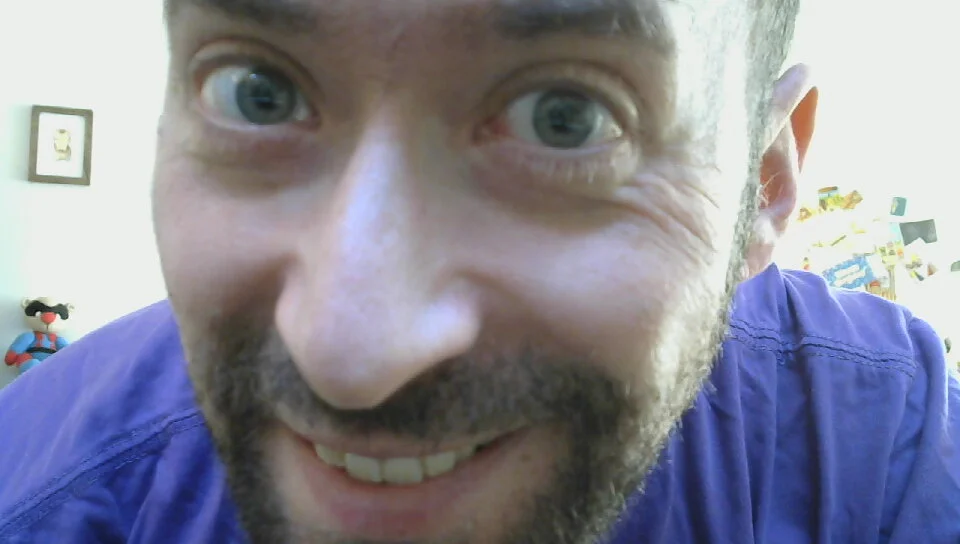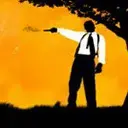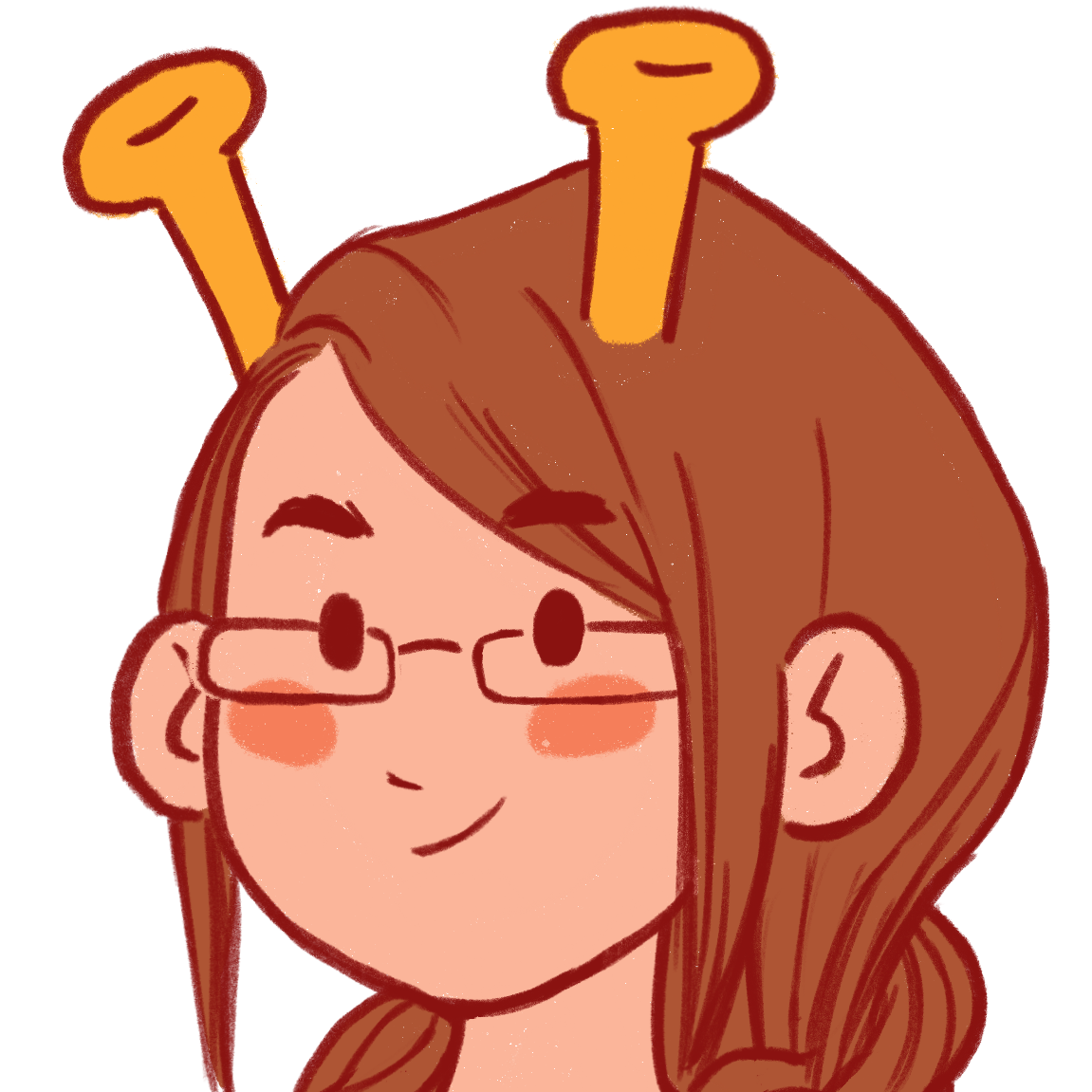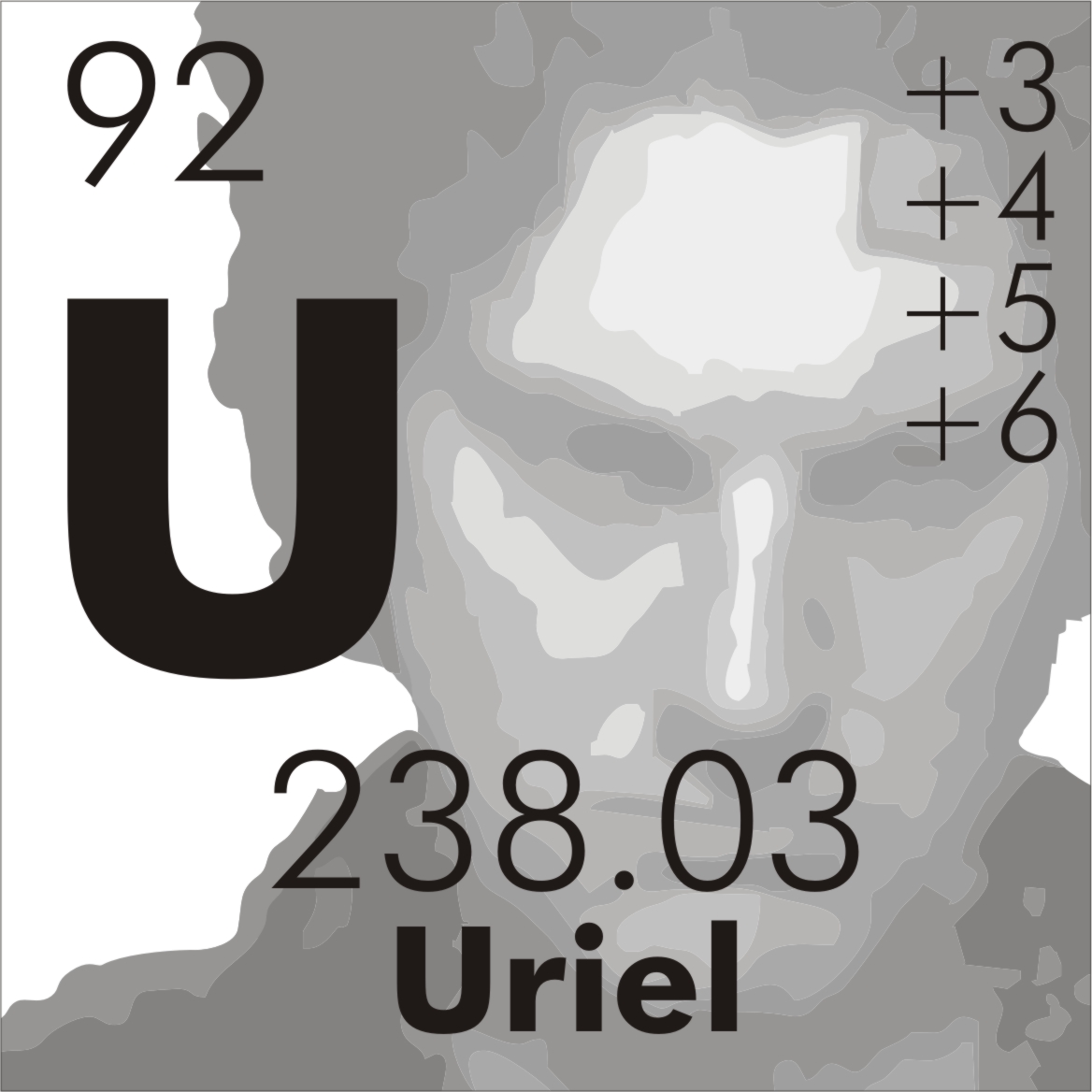More than 100 days into the writers strike, fears have kept mounting over the possibility of studios deploying generative artificial intelligence to completely pen scripts. But intellectual property law has long said that copyrights are only granted to works created by humans, and that doesn’t look like it’s changing anytime soon.
A federal judge on Friday upheld a finding from the U.S. Copyright Office that a piece of art created by AI is not open to protection. The ruling was delivered in an order turning down Stephen Thaler’s bid challenging the government’s position refusing to register works made by AI. Copyright law has “never stretched so far” to “protect works generated by new forms of technology operating absent any guiding human hand,” U.S. District Judge Beryl Howell found.
The opinion stressed, “Human authorship is a bedrock requirement.”
The push for protection of works created by AI has been spearheaded by Thaler, chief executive of neural network firm Imagination Engines. In 2018, he listed an AI system, the Creativity Machine, as the sole creator of an artwork called A Recent Entrance to Paradise, which was described as “autonomously created by a computer algorithm running on a machine.” The Copyright Office denied the application on the grounds that “the nexus between the human mind and creative expression” is a crucial element of protection.
Thaler, who listed himself as the owner of the copyright under the work-for-hire doctrine, sued in a lawsuit contesting the denial and the office’s human authorship requirement. He argued that AI should be acknowledged “as an author where it otherwise meets authorship criteria,” with any ownership vesting in the machine’s owner. His complaint argued that the office’s refusal was “arbitrary, capricious, an abuse of discretion and not in accordance with the law” in violation of the Administrative Procedure Act, which provides for judicial review of agency actions. The question presented in the suit was whether a work generated solely by a computer falls under the protection of copyright law.
“In the absence of any human involvement in the creation of the work, the clear and straightforward answer is the one given by the Register: No,” Howell wrote.
U.S. copyright law, she underscored, “protects only works of human creation” and is “designed to adapt with the times.” There’s been a consistent understanding that human creativity is “at the core of copyrightability, even as that human creativity is channeled through new tools or into new media,” the ruling stated.
While cameras generated a mechanical reproduction of a scene, she explained that it does so only after a human develops a “mental conception” of the photo, which is a product of decisions like where the subject stands, arrangements and lighting, among other choices.
“Human involvement in, and ultimate creative control over, the work at issue was key to the conclusion that the new type of work fell within the bounds of copyright,” Howell wrote.
Various courts have reached the same conclusion. In one of the leading cases on copyright authorship, Burrow-Giles Lithographic Company v. Sarony, the Supreme Court held that there was “no doubt” that protection can be extended to photographs as long as “they are representative of original intellectual conceptions of the author.” The justices exclusively referred to such authors as human, describing them as a class of “persons” and a copyright as the “right of a man to the production of his own genius or intellect.”
In another case, the a federal appeals court said that a photo captured by a monkey can’t be granted a copyright since animals don’t qualify for protection, though the suit was decided on other grounds. Howell cited the ruling in her decision. “Plaintiff can point to no case in which a court has recognized copyright in a work originating with a non-human,” the order, which granted summary judgment in favor of the copyright office, stated.
The judge also explored the purpose of copyright law, which she said is to encourage “human individuals to engage in” creation. Copyrights and patents, she said, were conceived as “forms of property that the government was established to protect, and it was understood that recognizing exclusive rights in that property would further the public good by incentivizing individuals to create and invent.” The ruling continued, “The act of human creation—and how to best encourage human individuals to engage in that creation, and thereby promote science and the useful arts—was thus central to American copyright from its very inception.” Copyright law wasn’t designed to reach non-human actors, Howell said.
The order was delivered as courts weigh the legality of AI companies training their systems on copyrighted works. The suits, filed by artists and artists in California federal court, allege copyright infringement and could result in the firms having to destroy their large language models.
In March, the copyright office affirmed that most works generated by AI aren’t copyrightable but clarified that AI-assisted materials qualify for protection in certain instances. An application for a work created with the help of AI can support a copyright claim if a human “selected or arranged” it in a “sufficiently creative way that the resulting work constitutes an original work of authorship,” it said.
This is the best summary I could come up with:
More than 100 days into the writers strike, fears have kept mounting over the possibility of studios deploying generative artificial intelligence to completely pen scripts.
The ruling was delivered in an order turning down Stephen Thaler’s bid challenging the government’s position refusing to register works made by AI.
Copyright law has “never stretched so far” to “protect works generated by new forms of technology operating absent any guiding human hand,” U.S. District Judge Beryl Howell found.
His complaint argued that the office’s refusal was “arbitrary, capricious, an abuse of discretion and not in accordance with the law” in violation of the Administrative Procedure Act, which provides for judicial review of agency actions.
While cameras generated a mechanical reproduction of a scene, she explained that it does so only after a human develops a “mental conception” of the photo, which is a product of decisions like where the subject stands, arrangements and lighting, among other choices.
In another case, the a federal appeals court said that a photo captured by a monkey can’t be granted a copyright since animals don’t qualify for protection, though the suit was decided on other grounds.
The original article contains 858 words, the summary contains 190 words. Saved 78%. I’m a bot and I’m open source!
Good.
As a person who creates both visual arts and music, though admittedly for my own enjoyment alone, I can’t bring myself to ever recognize any of the AI generated stuff as Art. None of it is any good if you look at it close. It’s wrong in every way. The machines were supposed to come for our jobs, but that was supposed to mean factory production and construction and shit.
If you had spent just a few minutes thinking about it, you’d have realised email jobs and creative jobs would be first on the automation chopping block.
A secretary used to schedule events and write invitations manually, now you have calendly and ChatGPT.
You used to need an HR professional to onboard new employees, now you can use on-demand courses through any of the million LMSs that exist.
Oh and there are already AI generative tools for those kinds of online courses.
Meanwhile, even the best robots move like geriatrics. We’re 100 years away from a robot that could do all that a construction worker does.
I work for a company that is automating the onboarding process even more. You type in the name of the person being on boarded and it creates the software licenses, training programs, usernames, passwords, everything, including checklists, reminders, deadlines and recurring events and renewals, with AI language models picking whether the new hire is in marketing or sales or supply chain etc
Most of the AI art is at the very least better than what the average human can make and often better than what professionals make
Unfortunately at worst the machine will only improve to the point where it is unnoticable.
Its a program designed exactly to be bullied into place by humans, were just only halfway through the bullying and still coorp’s are pushing it like its done.
Eventually it’ll have to be accepted as just another tool by artists.
That being said I support copyright less than I do “AI rights” so I’d say this is an overall win
It’s not about being technically good or not for me, it’s a question of expression. A human can express internal thoughts and feelings. An AI, at least the ones we currently have, can only do an awkward imitation. There’s no intention or awareness.
I think it can be art in the same way as photography: In both cases, the human influence is far less intentional than things which start with a blank canvas, and the ease of creation means that most examples aren’t art, but there are a few where someone happened to use the fullest understanding of their technical skill to capture a moment and a sensation of value. I wouldn’t say all photography is art, but I wouldn’t say that no photography is art, and I think generative images are similar.
I support the idea of making it uncopywrightable. I think it is obviously dependent on so many creators that granting sole use to anyone seems inappropriate.
Oh, I don’t even really care about the copyright thing. I just hate for a fucking robot to lay around in it’s pajamas drawing pictures while I trade 13 hours of every day to a factory for the privilege of sleeing under a roof with some food for my family and to get to lay around drawing pictures like an hour of my week. This is defined distopia.
I’ve still got hope. I see a sharply growing awareness of what you’re point out, and I think even the billionaires are a little spooked right now.
As they should be! There’s a lot more of us, and we’re coming for their power!
Hmm, I think there can be a huge amount of intentionality behind photography. It’s really not about the representation, it’s about all the choices made. AI can represent a scene perfectly and still have no intentionality. Of course, at the extreme that gets us into thorny issues like solipsism. How can I know that anyone besides me has intentionality? Maybe everyone else is just a meat machine with no awareness at all. Or maybe everything at a certain complexity has intentionality…
I’ve done a bit of image synthesis, and I think the notion that it’s without intentionality is a bit of a myth.
I wanted an image of a gorilla dressed in a polo shirt and khakis, so I prompted stable diffusion to generate some gorillas in a variety of poses, then drew a shirt on, which looked like an MS Paint drawing. Then, I ran it back through Stable Diffusion to make the crude shirt look photo realistic. I then cut the gorilla out and used it in a photo collage.
I’m not using this example to claim that I’ve performed art or demonstrated any skill, but the final image is definitely the intentional result of trying to take a very specific image in my head and put it on the screen.
I made a similar point in response to someone else in the thread. I agree. It’s a very interesting situation to ponder. In some ways it’s just another medium. The intentionality is in the people trying to produce what they’re imagining via the AI. I will be curious to see what sorts of things people come up with over time.
The intentionality is provided as a prompt by the human author.
Yeah, that’s fair. It’s hard to pinpoint what feels lacking with it, but it does feel lacking somehow to me. I guess for me there’s probably a tipping point where it’s no longer human enough. Like, just telling an AI to make a candy forest isn’t enough. But that’s a straw man argument in a way. Of course someone could put a huge amount of effort into getting an AI to render exactly what they’re imagining. In the end, it could be seen as just another medium. I have no doubt people are going to find incredible ways of utilizing it.
to render exactly what they’re imagining
Honestly… no. In practice it doesn’t work like that because while messing about and getting the AI got generate what you want you look at tons of adjacent stuff the AI comes up with which then influences what you want to see. And I bet that’s a thing that even the
4k nude stunning woman with (large breasts:1.6)faction experiences, it’s practically impossible to not enter a dialogue with the tool.
Fuck Corporate America and all it’s Bootlicking sellout enablers.
As someone who creates a variety of art in pretty much any medium I find AI art to be something deep and subconscious in us. It taps into something we can’t reach unless on mind altering drugs. I find it to be an amazing study of the human psyche. I have never been able to connect to most “art” especially any of the classical stuff, as well as most music. While people enjoy and even request certain pieces of art from me, all but sculpting leaves me disconnected from my work because what I visualize and what create aren’t thr same. AI art has that missing piece.
Most of what people generate with AI is shit because the people using it have no idea about art. When an actual artist picks up those tools you get quite different results.
The neat thing is that it doesn’t really matter what kind of artist you are. You don’t need to be a painter, a sculptor has just as trained eyes yet can prompt an oil painting. Heck I’d bet random musicians get significantly better results than the general population.
So, as someone who doesn’t do visual art, mainly writing and music as hobbies, my opinion is if there is intent, ie from the prompt or there editorial process of tweaking the model, then there is at last an attempt by a human to convey a message through the piece.
Whether or not it has good composition, or achieves something that resonates with a human viewer is valid criticism, but I think irrelevant as to whether or not it is art or a piece of creative expression. If someone has bad technique and can’t really get their idea across well in a painting, is it no longer art? Is a painting made during a paint and sip where you’re coached through the painting not art because there is no intent? These are more to gauge what you mean by art than as gotcha questions.
I would disagree that a prompt is sufficient to express human intent, specifically in writing. How many stories can you list that don’t follow the heroes journey vs the ones that do? The most important part of any writing is not the setting and overarching narrative, it’s the small choices the author made all along the way that make it truly human. AI can parrot those choices, but a human can’t get an AI to make truly new unique decisions with any amount of prompting.
On the subject of tweaking the model, that’s not really how AI models work. Users don’t edit the model and keep the prompt the same to try to get different outputs. The only interface exposed to users is the input.
Author can define those small choices as part of the prompt.
I’m talking about how the story is written. You literally can’t define all of those choices in a prompt, it’s a continuous series of many many choices all throughout the story
Many/most of those small choices have no artistic value - it doesn’t matter if you choose to use “because” or “since” for example.
Providing critical artistic choices while letting AI to make the rest of simple dumb choices (like the example above) is IMHO still creating art.
If you think art is at all dependent on each individual recognizing it as good, then I think you’ve completely missed the point of a lot of art. Most art only appeals to some.
When I make art I make it for myself. I have no interest whatever if it anyone else feels one way about it. I talked with the robots. I didn’t like it. Felt dirty, cheap.
True! If u think, that something machine made could be Art should think about what art differentiate from kitsch.
Well, of course not, because since some diffusion generation are deterministic, that would mean that a specific set of parameters is now copyrighted, so nobody else gets to type in that particular set of numbers into the UI without paying the copyright holder, which of course makes no sense.
Same reason you can’t copyright, say, cooking recipe for a burger.
Food and flavors aren’t copyrightable or patentable because of an explicit exclusion of them. It has nothing to do with “determinism”.No. Recipes are not copyrightable because they’re largely functional things for instructing a process to create a food, which simply is not in the purview of copyright. Specific recipes could very well be patented, depending on the specifics. There are no “explicit exclusions” here.
And still the list of ingredients and food preparation process will not be copyrighted, just the way the specific recipe is written. Anyone could write a simple rephrased version of that recipe which creates the same dish and sell it. Or sell the dish in their restaurant.
I did some research, and you’re right. I guess I was mislead years ago when I “learned” this.
because since some diffusion generation are deterministic
You are generalizing and using the word “some” at the same time.
Yeah, because generation from “a” samplers are not deterministic I think… was trying to find the best way to word that.
Hey, I get to be lazy in my internet commenting too, OK?
Ancestral samplers are deterministic btw, but I think because they build off of the previous step it’s more obvious when the determinism is broken by optimizations.
Interesting. My A1111 SD has been broken after I tried running XL so I haven’t touched it in a while. I’ll go test it sometimes after I reset it.
The only way to bring non-determinism into a computer is to collect physical noise, when you set a seed the computer generates a sequence of numbers (and thus noise) that is statistically indistinguishable from physical noise but actually deterministic. The ancestral samples just add more of that deterministic noise to things.
Of course the whole thing is rather moot because there’s arguments to be had that physics itself is deterministic. Use of physical noise in computers is pretty much limited to situations where you want to make it impossible to guess which seed was used and thus reconstruct the noise, or, differently put: In cryptography.
To make this tangible: Remember good ole SNES games and their “push start” screens? They’d compare when you pressed the button to when the system booted up, then use that value as a seed for all the randomness in the game. As a human it’s practically impossible to hit a particular seed but a computer playing an emulated SNES game can abuse such shenanigans, that’s relevant in the automated speed run community.
This limitation is too easy to get around. Have AI generate a picture. Take a photo of that picture and destroy the original. Copyright is now owned by the photographer. Have an AI write some music, change one note of that music and call in your arrangement of that piece, destroy the original music, and only your arrangement that you have a copyright on exists. etc.
As a photographer that knows copyright law, I assure you flat-art copying a work of art does not make it yours.
The thing I’m seeing that does sort of skirt the issue is that it’s very obvious a lot of YouTubers have jumped on AI image generation to produce static images instead of drawing the images themselves or farming it out to an artist on Fiverr or something. So if they want “evil Jerome Powell with flames in his eyes” they hand it to the AI, it spits something out, and into the video it goes, to be published on YouTube as a memey splash image in the video.
Now that it’s in the video, along with all the other clear acts of human creativity that form a video, it’s sort of “washed” in the money laundering sense, and I don’t see how you legally separate that image from the video in a way that makes the image ineligible for copyright. I don’t see a court being flummoxed by that, at all. If you filch the image from the original video, or try to pull excerpts from the video featuring Evil JPow, you’re in violation of copyright, and we’re on pretty solid, well established legal ground with that. At the very least, you are not completely in the clear to just yank that image for yourself.
So while the original raw image of Evil Jpow that the AI spit out was not eligible for copyright by itself, now it is as part of a larger work, open and shut.
Near the end of the article it affirms pretty much that, saying, "An application for a work created with the help of AI can support a copyright claim if a human “selected or arranged” it in a “sufficiently creative way that the resulting work constitutes an original work of authorship,” [as quoted from the copyright office]
My quote is a bit messy there (i’m quoting the article who is quoting the copyright office) but you get the point.
The raw AI output, assuming no human was involved, cannot be copyrighted, but as soon as the AI output is somehow arranged into a larger work by a human, that changes everything.
So yeah, a bit of arranging, some editing, and the completely AI generated footage can be copyrighted all day. At the very least there would be a court case there.
“evil Jerome Powell with flames in his eyes” Maverick of Wall Street? lmao
You own the copyright of your photo, AI flat art has no copyright, therefore the only copyright is yours.
When you copy a public domain work, you can copyright your original contributions.
So, for example, if you create a picture book of hamlet, you’d own the layout of the text on the page, but not the text of hamlet itself.
couldn’t help but lol at this quote:
US copyright law is designed to adapt to the times.
“To the times Disney pays people off enough…”
Oh it does adapt the time the copyright is valid.
So does a prompt not count as human input Edit: ok so if i train a style lora based on my own style and then prompt the ai to generate artwork , then I still don’t deserve the copyright? What if I do all that and then do touchups by hand is that somehow different? I find all this stuff so silly tbh but it is interesting to discuss.
No.
If I’m sitting on the couch and I want sushi, I can open up a website, pick exactly what I want, even maybe make a few substitutions for me specificity, and get it delivered right to my house, but that doesn’t mean I made sushi. I just HAVE sushi.
Anyone who has ever actually supported a real artist and commissioned work understands that they don’t own the copyright, unless extra agreements have been made to transfer it. It still belongs to the original artist.
And as stated, AI can’t own that. So no one does. Who would want to? It’s garbled, derivative work and anyone with access to the same prompt and models could generate it themselves, which is why I find the prompt guarding so hilarious. It’s all so blatantly dumb and transparent.
If you hire someone and tell them “paint my room orange”, did you paint the room orange?
Wouldn’t that logic give the camera people and editors the copyrights in film?
Funny that. In fact, they should totally have credit, but our copyright laws are so weighted for the property owners (rather than creators) that crediting has to be negotiated in a contract, and Hollywood lawyers are infamous for using loopholes and confusing language to remove credit and payment obligations.
To be fair copyright is fucked up, and you don’t have to create something to own its rights. For example, most of the music you listen to isn’t owned by the artists but the labels, and the artists only get paid if they’re super popular, like Madonna or Metallica or Ye. (Which means if you pirate something as an alternative to paying for it you’re denying profits to the labels, but not failing to support the artists. If you want to support an artist, go to a concert and buy one of their official t-shirts.)
So I don’t think this ruling is going to slow things down. The bare minimum Hollywood studios have to do is pass AI art / copy / whatever through an editor who changes a small portion, and lo! I human made this! Then it’ll go back to the courts, and they’ll see it’s ridiculous. (Mark Isham – I think that’s the guy – has been tinkering with procedural music for eons, so there’s counter precedent.)
Weirdly enough, it might.
I mean, sure, an orange room doesn’t qualify for copyright.
But if you instruct helpers to help you make a copyrightable work to your specifications (e.g. architects instructing workers to build the building), then you own the copyright.
It all comes down to who had what part of the creative process.
For example, if I create a digital artwork and I use an AI tool to increase the resolution, I totally still own the artwork.
I am also pretty sure I retain the copyright if I let an AI fix my spelling in a story I wrote.
But if my input is negligable (“Write me a short story.”), I definitely don’t have the copyright.
Copyright law is complicated and there’s never a clear general answer.
“For example, if I create a digital artwork and I use an AI tool to increase the resolution, I totally still own the artwork.”
There are tools that allow you to convert a stick figure drawing plus a prompt into whatever you want. I can draw a stick figure holding a circle and prompt it as a bunny holding an apple and I could get the desired output. Of course thats more than increasing resolution but where do we draw the line.
That’s what I said, yeah.
The line is probably drawn where it is drawn when using any other tool: For your contribution to be copyright-worthy it needs to be above the required threshold of originality. Copyright doesn’t distinguish between different tools you use, it just requires you to have put enough creativity into it for it to be a creative work.
AI in this respect is very close to photography.
Just pulling out your phone and snapping a picture of something does not clear the theshold, so you have no copyright over it, no matter how detailled the picture is.
If you set up the scene and put a lot of creative input into preparation and post-processing of the picture, you will clear that threshold and you will have copyright over it.
If this sounds arbitrary and hard to pinpoint whether that threshold (which is not clearly defined anywhere) is cleared, you are totally right. This is a big issue with the copyright system, but it’s also nothing that will be fixed by some people commenting on the internet.
So the question is “Did the human input into the AI tool clear the thresold or not?”
This question is the same, regardless of what tools are used, and it’s a common part of lawsuits concerning copyright. There is no blanket answer and it needs to be checked on a case-by-case basis. That’s how copyright law works.
we let the AI draw it for us
deleted by creator
But it is more than simply pressing enter. It’s rare that a single prompt is going to produce the exact image you’re looking for, so there’s lots of editing, seeing the outcome, repeat. If the outcome is close enough, then further in painting can be used. By that point, there’s been quite a bit of human interaction in the creation.
Prompt engineering is becoming a desired skill🫠
deleted by creator
It’s like saying “My Google-fu is a desired skill”.
Errr, no.
Yes, it’s a bit more than just hitting the ‘enter’ key.
But not as complicated as actually doing the work yourself. That’s the point. If you don’t create the work, it can’t be copyrighted.
Honestly I think this is a good compromise, and these companies are missing the point. Just use this technology to make more movies and TV shows. Stop milking the exact same movie for years.
Something from decades ago, where the actors and directors are all dead, shouldn’t be copyrighted. I think that’s too long anyway. It lets a few actors get a ton of money and stifles others. People want new shit anyway.
Why not just hire actors full time and make a new AI script every week? That’s essentially what TikTok is, some new dumb idea done over and over by different people.
deleted by creator
AI has been great for dumb TikTok memes, but that’s where it should stay.
Regarding prompts and just hitting enter, I actually did quite a bit of work in a previous job that was pretty much just that. I’d set up the inputs, finagle the simulation, and come up with results. There’s some value in hitting enter, but it’s not in the actual execution. It’s in developing the input and interpreting the results. The raw product itself isn’t valuable – someone who knew nothing about the program could be instructed on what to enter and what buttons to press, and they’d create the exact same product.
I think what we’ll see is copyright for prompts and development, but not for the output it generates. Someone could make a living on selling AI prompts without ever executing any of them.
I’m curious how this ruling is going to affect the discussion of AI being trained on copyright material.
If someone dumps paint on a surface and let’s gravity do the work it’s the same thing. If someone ties paint buckets to dogs and let’s them run it’s the same thing. When all you do is initiate the process and let another force make the creation it shouldn’t be. If your can’t replicate it yourself then it isn’t your work.
Most art is created with tools. You can’t replicate yourself a photo you took (yourself meaning without the camera).
Um, paint pouring is a long-standing art form, so…not sure you’re making a defensible argument here.
By that logic photography is not your work either
Depends. If you just let the camera swing and let it randomly shoot then it isn’t. If youre framing it and composing it that’s your work. But no just putting a camera on a cat and letting it randomly take pics isn’t your work.
but what if that was the intent behind the artwork? if I want a series of random photos and say it’s an art piece from the pov of Spider-Man swinging around but the setup is just hanging a camera and letting it take pictures on its own as it swings, is that still copyrightable art? If so, is art all about the intent behind the process and the process itself doesn’t matter?
The above commenter is factually correct. Quit downvoting him, you bandwagon-following dipshits!
deleted by creator
Interesting that he filed the original copyright application as a work for hire situation. I guarantee he didn’t pay AI anything .
Yea, I spoke to Al. The dudes pissed, didn’t get paid shit
The Judge is right. AI is not a living citizen.
seems a pretty easy solution here. just say you’ve written it… no reliable software exists for proving text is AI generated.
I changed some words. Now it’s mine. I dunno, error, search and replace “Mike” to “Michael”.
Doing that under oath is a crime, so those claiming copyright and their employees would be taking a lot of risk of eventually being discovered.
“Need to get away with murder? Easy! Just say ‘it wasn’t me, it must of been someone else who done it’. For bonus points, combine with a wink to the hot judge/juror of your choice.”
Shaggy defense. It’s a real thing now: https://en.m.wikipedia.org/wiki/Shaggy_defense
Do you have to add “zoinks” at the end when you say it wasn’t me?
It’s not like that’s ever stopped any of them before.
I tried to reach out to Allen Iverson for a comment, but he just kept ranting about practice.
But what did Ja say? Anyone get a hold of him?
“Yo, it’s Ja Rule in the house! You know, AI-generated art is an interesting twist in the game. But when it comes to copyright, I gotta say, it’s a bit of a gray area. I mean, can a machine really claim ownership, right? But then again, if a human’s involved in training that AI, there might be some room to argue. At the end of the day, it’s all about respecting the craft and the creators, whether they’re human or machine. We’ll see where the courts take us on this one!” - JaRuleGPT
Hope: AI gets so good that people using a personal computer can produce full TV series with a single prompt, delare it uncopyrightable, and share the best results online as a alternative to corporate stuff.
Fear: IP law becomes so disconnected from the current situation that it prompts governments start over from scratch. New IP law is written by the corporations for the corporations, and any form of creativity is restricted and monetized.
It sorta already happens. No one owns the copywrite to vampires hence all the stuff that is only slightly above fanfics becoming big. You are welcome to hate on Twilight but you can’t deny it’s popularity.
Some AI work is created with a simple prompt, but the best stuff uses lots of in painting and out painting and adjustments. That would be copyrightable, there’s lots of human control beyond a prompt, there are lots of cool videos of the process on YouTube. By the time AI will be able to generate full processes, videos, storylines, voices, etc, without human intervention, we won’t need the movie studios either. I’m hoping we reach that in 3 years.

